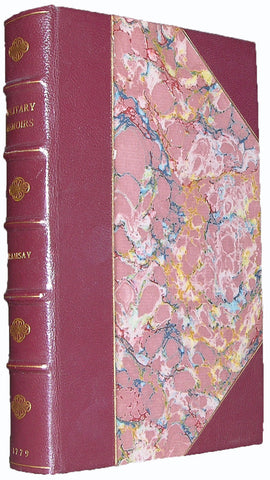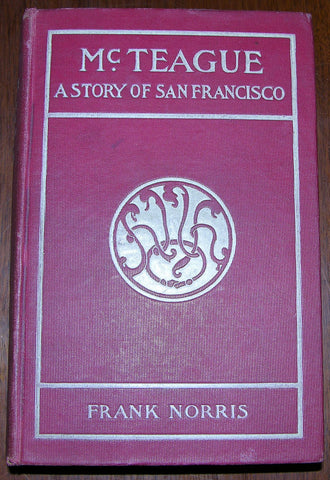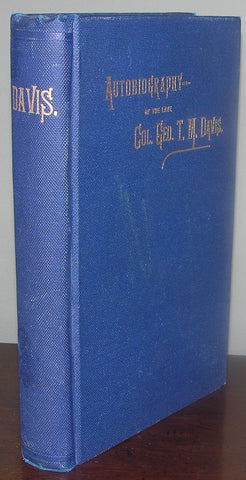George Cruikshank (1792-1878), William Makepeace Thackeray (1811-1863), and Charles Dickens (1812-1870), The Loving Ballad of Lord Bateman.
George Cruikshank (1792-1878), William Makepeace Thackeray (1811-1863), and Charles Dickens (1812-1870)
The Loving Ballad of Lord Bateman.
London: Charles Tilt, 1839
12mo., (5 ⅛ x 4 inches). 8-page publisher’s Advertisement at end, half-title. Fine etched frontispiece with original hand color, 10 etchings, one hand-colored (very slightly thumbed, some toning). Original publisher’s limp green diced cloth, gilt decorated with Cruikshank’s design (a bit edgeworn).
Provenance: With enveloped SIGNED by George Cruikshank laid in. With bookseller’s ticket tipped in on front free endpaper. From the estate of Robert Rieber. Doyle sale, April 13, 2016, Lot 254.
First edition, first issue, with “wine” for “vine” in the fifth stanza, centered page numbers, and trees in the seventh plate and hills in the ninth plate unshaded. The text has been long attributed to Thackeray; however Benoit Forgeot suggests that it was Dickens alone who wrote this verse adaptation of the Ballad, as well as the tongue-in-cheek introduction and notes. On “hearing Cruikshank mournfully intone the words of the Turk’s daughter to the imprisoned Lord…Dickens offered to polish it into an even more solemn absurdity. He told Cruikshank to ask his sister Fanny to take down the music and ‘to be sure to mark the shades and the expression.’ And although he kept his part in The Loving Ballad secret, he not only wrote a burlesque introduction and notes, but altered lines and substituted a new last verse” (Johnson, p. 260).
George Cruikshank was a British caricaturist and book illustrator who was praised as the “modern Hogarth” during his lifetime. In addition to the present volume, Cruikshank illustrated several other Dickens works, including Sketches by Boz, The Mudfog Papers, and Oliver Twist. Cohn 243. Yale/Gimbel B84.
We Also Recommend

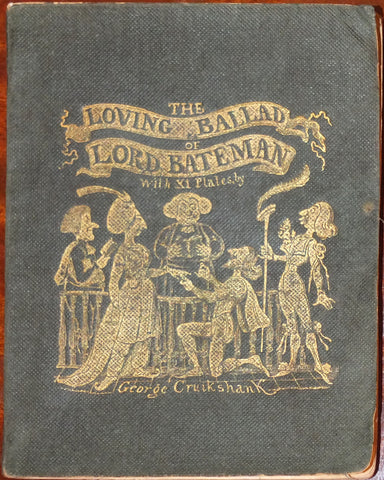
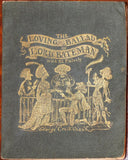

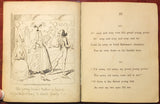


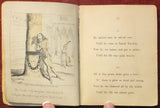
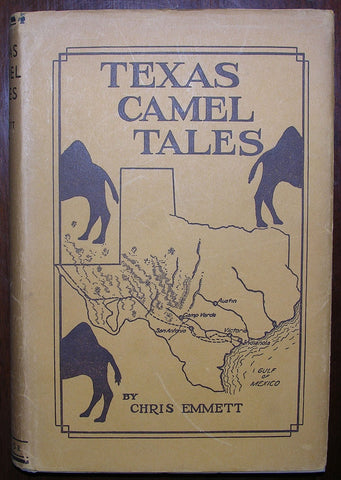
![Christopher Sauer/Sower II (1721-1784). Ein Einfaltiges Reim-Gedicht. [Probably Germantown: Gedruckt bey Leibert und Billmeyer, 1784]](http://aradergalleries.com/cdn/shop/products/DSCF4503_large.jpg?v=1544478572)
